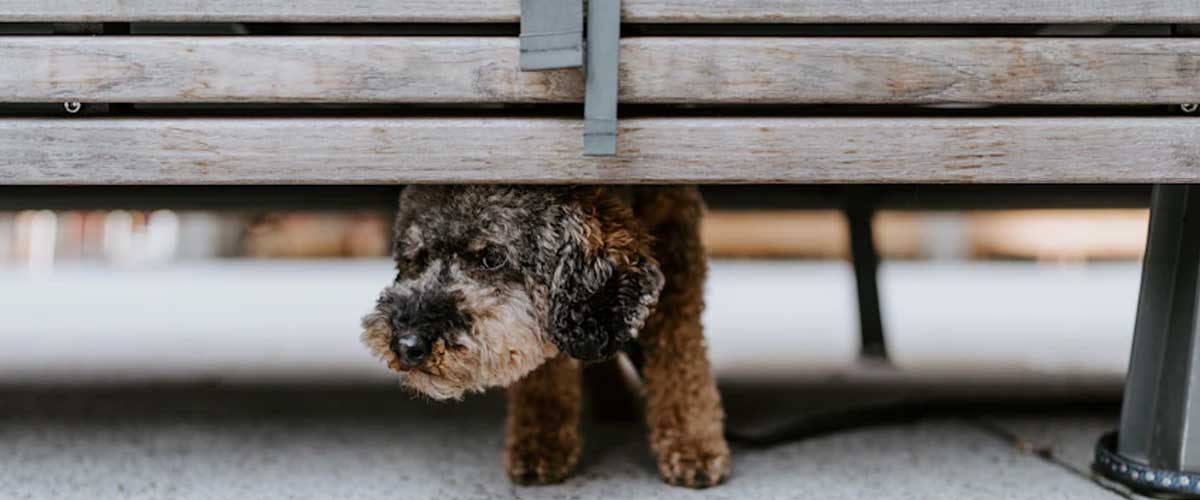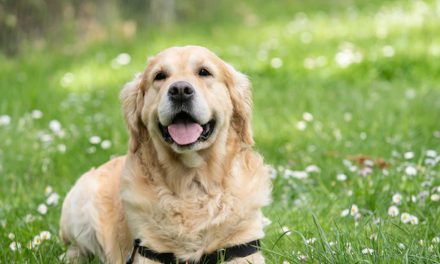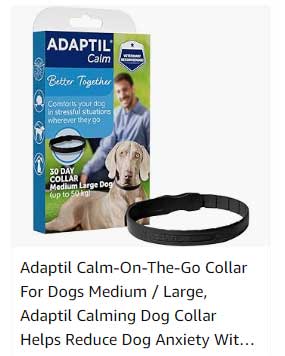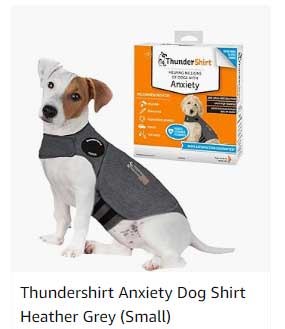As pet owners, we often worry about our furry friends and their well-being.
One of the concerns that frequently arises is dog anxiety — a problem that affects many dogs to varying degrees.
While it’s well-known that anxiety can lead dogs to exhibit behaviors like excessive barking, pacing, or destructive tendencies, a critical question persists: can dog anxiety lead to aggression?
Understanding this potential link is essential for anyone looking to create a harmonious home for both their pets and family.
The Nature of Dog Anxiety
Dog anxiety can manifest for many reasons, including genetic predispositions, lack of socialization, traumatic experiences, and significant changes in their environment.
Common triggers include loud noises (think thunderstorms or fireworks), the absence of their owner, unfamiliar people or animals, and changes in routine or household dynamics.
Signs of anxiety in dogs can vary widely and may include:
- Restlessness: Pacing or an inability to settle down.
- Vocalization: Excessive barking or whining.
- Destructive behavior: Chewing on furniture, digging, or attempting to escape.
- Physical symptoms: Panting, drooling, or trembling.
- Avoidance: Hiding or withdrawing from social interactions.
Understanding these signs is crucial; recognizing them early can be the key to preventing worsening issues, including aggression.
The Connection Between Anxiety and Aggression
While not all anxious dogs will display aggression, there is a significant link between the two conditions.
When a dog feels anxious and perceives a threat—be it a loud noise, an unfamiliar person, or even a situation that overwhelms them—they may resort to aggressive behavior as a defense mechanism.
In essence, aggression can be a dog’s way of communicating that they are feeling scared or threatened.
For instance, a dog that experiences anxiety about strangers may growl or snap at someone approaching too quickly.
Similarly, if a dog becomes anxious when confined or restrained, those feelings could lead to fear-induced aggression.
It’s essential to differentiate between aggressive behavior stemming from fear versus aggression that may result from dominance or territorial instincts.
Managing Dog Anxiety to Prevent Aggression
Preventing anxiety from escalating to aggression requires proactive measures.
Early intervention and consistent training can help provide a stable environment for your dog.
Here are several strategies that can aid in managing anxiety in dogs:
- Create a Safe Space: Establish a designated area where your dog can retreat when feeling anxious.
This could be a cozy corner or a crate with comfortable bedding.
Ensure this space is quiet and away from the hustle and bustle of the household.
- Desensitization Techniques: Gradually expose your dog to the situations that trigger their anxiety.
Start with low-level stimuli, rewarding calm behavior to help your dog build a positive association with those triggers.
- Exercise and Mental Stimulation: Regular physical exercise can significantly alleviate anxiety in dogs.
Engaging in daily walks, playtime, or even interactive toys can help burn off excess energy and create a calmer dog.
- Professional Guidance: Consulting a veterinarian or a certified animal behaviorist can provide tailored strategies based on your dog’s specific needs.
They can help you create a behavior modification plan or assess whether medication might be beneficial.
- Calming Products: There are various products designed to help alleviate anxiety in dogs, from anxiety wraps that provide a comforting pressure to calming pheromone diffusers or sprays.
- Positive Reinforcement Training: Encourage desirable behaviors using a reward-based approach.
Basic commands such as “sit,” “stay,” and “leave it” can help establish a foundation for better communication between you and your dog.
Conclusion
In conclusion, while anxiety does not automatically lead to aggression in dogs, it is a significant risk factor that pet owners must address.
By understanding the signs of anxiety and implementing effective management strategies, you can help reduce the likelihood of aggressive behaviors stemming from anxiety.
Dogs thrive in environments where they feel secure and understood, and fostering that sense of safety can lead to a happier pet and a more harmonious home.
Taking the necessary steps to manage dog anxiety can ultimately improve both your pet’s quality of life and your relationship with them, ensuring a loving and peaceful coexistence.










